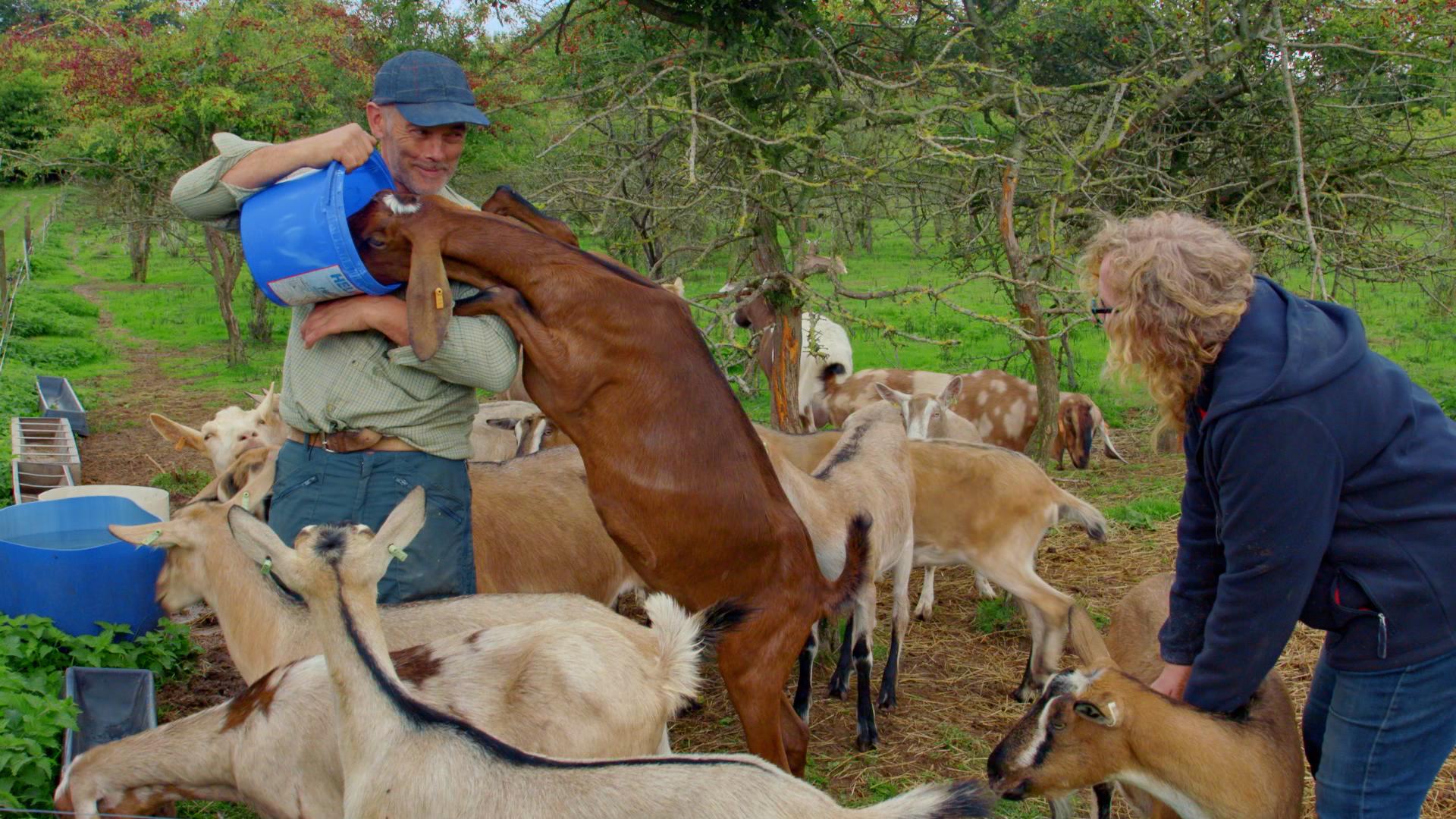English Goats
ENGLISH GOATS - SURREY FAMILY FARM PRODUCING RAW DAIRY AND SOAPS
There are written references to the “English Goat” dating back to Georgian times but the first known picture of the English Goat was taken in 1872 by Henry Stephen Holmes Pegler who was an avid supporter of the English Goat. By then the English Goat was also a popular contender in the show ring as evidenced by show records of the time.
Crossbreeding of the English Goat with other breeds from around the world became popular during the early part of the 20th Century, especially with the Swiss breeds which were introduced to the UK to help increase milk production. The crossbreeding programme was so successful that some people feared the English Goat would cease to exist. As an answer to these concerns the English Goat Movement was formed and became the first incarnation of the English Goat Breeders Association.
Sadly, in spite of their efforts, by 1938 the English Goat had fallen from favour and the English Goat Breeders Association folded, with the last known herd of registered English Goats being disbanded on the death of their owner in 1952.
The second incarnation of the English Goat Breeders Association was set up in 1978 with an agreed breed standard and a new Foundation Register. In 1993 this became the official Herd Book and all pedigree English Goats are recorded in here.
They are a true cottagers goat because they hardy, adaptable and can be used for both, milk and meat production. The naturally high level of solids in English Goat milk means their milk makes lovely cheeses, we also use it to make soap. They are great for conservation and in these situations they really do take on the appearance of deer. They nibble their way through long grass picking out their favourite bits whilst stepping daintily without flattening anything.
The downy winter undercoat of the English Goat is “Cashmere” and is incredibly soft and warm. Cashmere is very time consuming to separate from the goat’s wiry outer coat making it incredibly expensive to produce. It takes at least two goats worth of cashmere to make one sweater!

